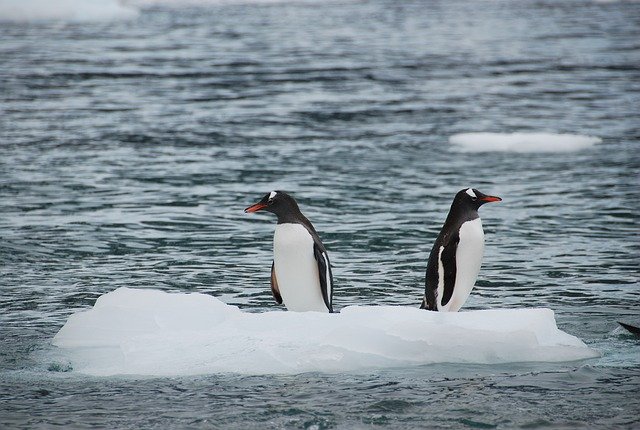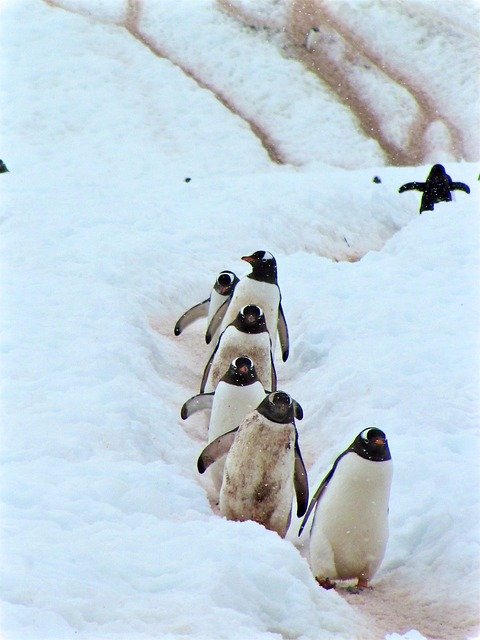**Topic: "The Social Structures and Communication Techniques of Penguin Colonies"** In this post,

The Social Structures and Communication Techniques of Penguin Colonies
Penguins are fascinating creatures that have captivated the hearts of many with their unique appearance and endearing behaviors. Beyond their charming waddle and tuxedo-like feathers, penguins exhibit complex social structures and communication techniques that are essential for their survival in often harsh environments. In this post, we will explore how these social dynamics function within penguin colonies and the various methods they use to communicate.
Social Structures in Penguin Colonies
1. Colonial Living
Most penguin species are social animals that live in large colonies, sometimes numbering in the thousands. These colonies provide several benefits:
- Protection from Predators: Living in large groups helps reduce the risk of predation. The sheer number of individuals can deter potential threats.
- Thermal Regulation: In cold environments, such as Antarctica, penguins huddle together to conserve heat, sharing warmth during frigid temperatures.
- Reproductive Success: Colonies facilitate mating opportunities and provide safety for vulnerable chicks.
2. Hierarchy and Roles
Within these colonies, penguins establish social hierarchies, which can influence their roles and interactions:
- Dominance Hierarchies: Some penguins establish a pecking order, where dominant individuals have priority access to resources such as food and nesting sites.
- Cooperative Breeding: In some species, individuals may assist in caring for chicks that are not their own, fostering a sense of community and increasing survival rates for the young.
Communication Techniques
1. Vocalizations
Penguins are known for their distinctive vocalizations, which play a crucial role in their social interactions:
- Contact Calls: These calls help maintain group cohesion, allowing individuals to locate one another in crowded colonies.
- Courtship Calls: During mating season, males and females use specific calls to attract mates, often engaging in elaborate vocal displays.
2. Body Language
In addition to vocalizations, penguins use body language to communicate:
- Posturing: Penguins may display aggressive or submissive postures to assert dominance or avoid conflict.
- Head Movements: Nodding or tilting their heads can signal different intentions, such as curiosity or aggression.
3. Visual Signals
Penguins also rely on visual cues to convey messages:
- Coloration: Some species exhibit variations in plumage that can indicate health or genetic fitness.
- Physical Displays: During courtship, penguins may perform specific movements, such as bowing or preening, to attract mates.
Conclusion
The social structures and communication techniques of penguin colonies are essential for their survival and reproductive success. By living in large groups, penguins benefit from protection, warmth, and cooperative care for their young. Their diverse vocalizations, body language, and visual signals help them navigate the complexities of social interactions within their colonies.
Understanding these behaviors not only enriches our appreciation for these remarkable birds but also highlights the importance of conserving their habitats to ensure their continued existence in a rapidly changing world. As we observe and study penguin colonies, we gain insights into the intricate social lives of these beloved animals, reminding us of the beauty and complexity of nature.

Upvoted! Thank you for supporting witness @jswit.